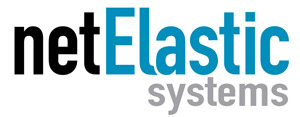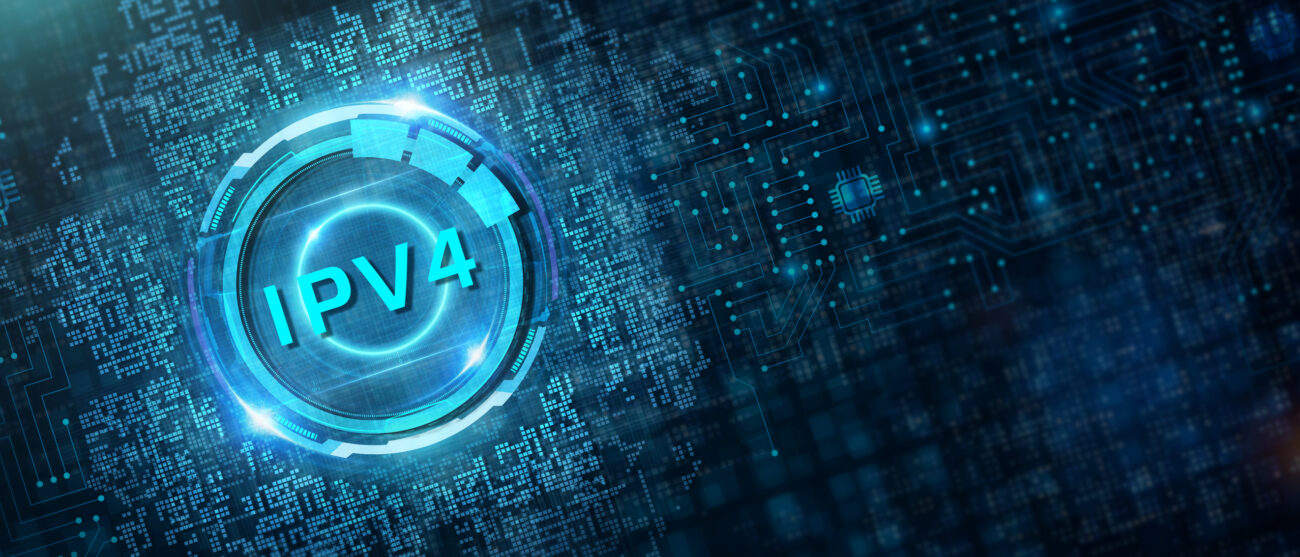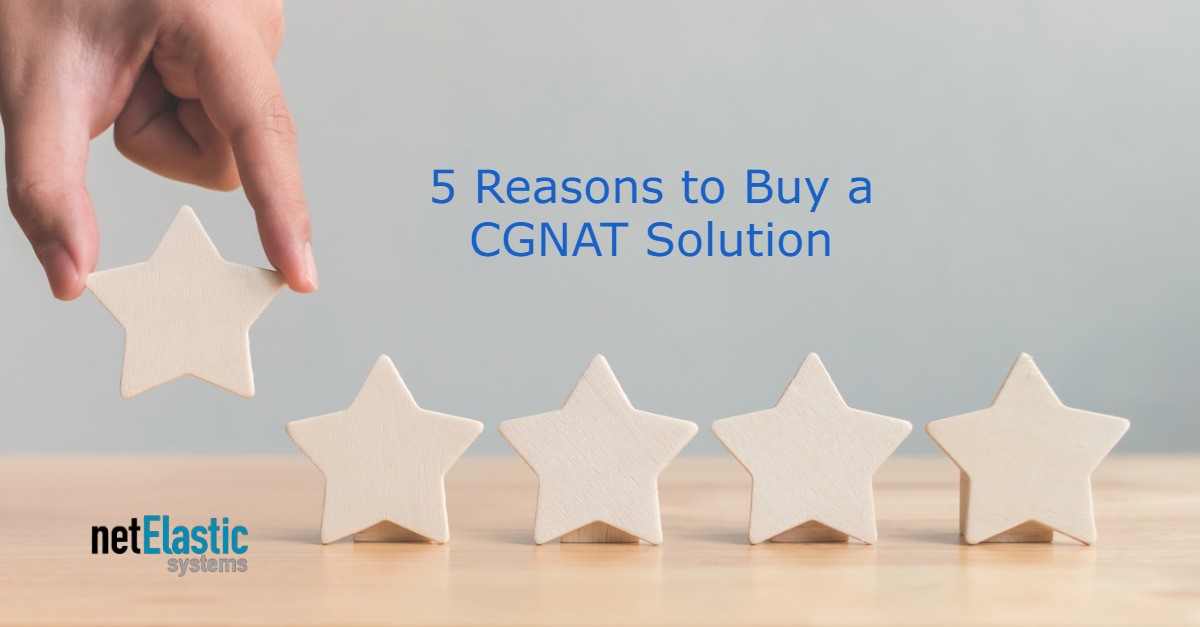IPv6 will someday fully replace IPv4. Everyone knows that. What’s unknown is when. The first publication of the IPv6 protocol was in 1995. Most people thought IPv6 would be the primary internet protocol by now. Yet, according to Google, IPv6 adoption among Google users is currently at 40%. Therefore, IPv4 is still the dominant internet connection protocol. Transitioning to IPv6 Why is …
Communities can use BEAD Funding for Virtual Routing Solutions
As cities, municipalities, and communities strive to leverage BEAD funding to expand broadband access to their constituents, they’re turning to technology to help bridge the digital divide. While a significant portion of expenditures tend to go towards the physical plant, such as fiber, copper, or RF, the data center or central office is important in providing effective solutions for these …
Use CGNAT to Grow Your Subscribers and Shrink Your IPv4 Costs
Countries worldwide are allocating millions, and in some cases, billions of dollars for broadband expansion. And the vast majority of this money will be spent deploying fiber. Deploying fiber may be the biggest expense, but it’s certainly not the only expense. Signing up new subscribers requires new IPv4 addresses, and they’re not cheap. Today, these prices range from $40 to …
What is CGNAT and Which One is Best for My Network?
What is CGNAT? Let’s start by discussing Internet Protocol (IP) addresses. IPv4 is the fourth version of the Internet Protocol. It’s responsible for establishing connections between devices based on their internet address. IPv4 was first deployed in 1983, and at that time, no one could see the future growth of the Internet. And that growth isn’t slowing down. In 1983, …
How to Use CGNAT Advanced Logging to Meet Legal Requests
Carrier Grade NAT (CGNAT) has been a blessing for broadband service providers who need more IPv4 addresses. Rather than purchasing or leasing expensive IPv4 addresses, CGNAT helps providers share existing IPv4 addresses across multiple customers. This sharing helps conserve limited IPv4 addresses but also creates challenges for law enforcement agencies (LEA). Before CGNAT, one IP address was typically associated with …
How to Choose a CGNAT Vendor
Broadband service providers are embracing CGNAT as a way to conserve IPv4 addresses. But who should you buy CGNAT from?
What’s the Difference between NAT and CGNAT?
Network Address Translation (NAT) and Carrier-Grade Network Address Translation (CGNAT) are common words in the networking world. But what are they, and what are their key differences? Read this blog to find out.
5 Reasons to Buy a CGNAT Solution
IPv4 Addresses are hard to get. CGNAT can help you conserve address and save costs
IPv4 Addresses will Probably be Here for a Long, Long Time
The Internet Engineering Task Force (IETF) created IPv6 in 1998 to address the limited number of IPv4 addresses. Given the rapid adoption of IPv4, many people also expected a quick adoption of IPv6. However, that hasn’t happened. IPv6 was created almost twenty-five years ago. And according to Google, only 40% of users access Google over IPv6. That means 60% still …
How to Avoid the High Costs of IPv4 Addresses
The cost of buying or leasing IPv4 addresses continues to increase. Why? It’s a simple matter of supply and demand. The supply of IPv4 addresses is capped, since there are no new IPv4 addresses being created. So supply stays the same, regardless of demand. Demand for IPv4 addresses is anything but stagnant, as broadband providers continually sign up new subscribers …
- Page 1 of 2
- 1
- 2










